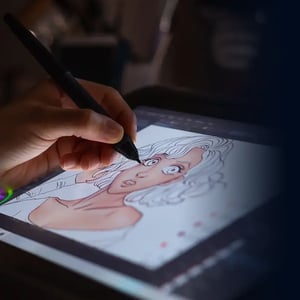
Real-time 3D Specialization
Advanced online real-time 3D & virtual production course led by industry experts
Become a real-time 3D artist for film and games
Take your creative journey as a filmmaker and visual storyteller to the next level with our advanced real-time 3D course. Gain speed and confidence with Unreal Engine and Niagra to create film-quality cinematics that you can add to your portfolio.
Why study virtual production with us:
- We are an Unreal Academic Partner and Authorized Training Center
- Receive mentorship from real-time 3D professionals
- Learn to use industry-standard tools and techniques
With guidance from experts, you'll build on your foundational world-building, lighting, and camera skills to blend live-action with CG and tell compelling digital stories through your 3D environments and scenes.

Master Your Skills. Master Your Future.
Whether straight out of high school, changing careers, or upgrading skills, our career-focused virtual film making courses help you build practical job skills that are required in the industry.
Everything You Need To Know
 Qualification
Industry certificate
Qualification
Industry certificate
 Study Load
Study Load
20hrs/week
 Program Length
Program Length
9 months
 Delivery Mode
Online live classes
Delivery Mode
Online live classesCustom video lectures
Personalised mentor feedback
 Skill Level
Skill Level
Advanced
 Start Dates
Start Dates

Your pathway to the film and games industry
The 9-month Specialization Course is the second half of our Career Track, preparing you for your first day in the industry. Your future awaits!

Want to take your education higher?
Did you know that the subjects you complete in the career track courses can be used to apply for credit toward our accredited degrees and diplomas in the same discipline?
The skills and knowledge you build in any industry-certificate course can be transferred into academic credits through our Advanced Standing and Credit Transfer process. So, if you decide to take your studies to the next level, know that your prior learning will be recognized.
Compare your options and find out which course is right for you.
Camera Tracking
Dive into the world of immersive filmmaking with our specialized class on Camera Tracking within Unreal Engine 5. This course is tailored for filmmakers and visual effects artists looking to blend live-action footage with CG elements seamlessly. You'll learn how to utilize UE5's robust camera tracking tools to anchor virtual objects to real-world spaces, enabling the creation of stunning visual effects that interact naturally with live-action scenes. By mastering these techniques, you'll elevate your filmmaking process, opening up new possibilities for storytelling and visual creativity.
- Understanding the basics of camera tracking and its importance in VFX and virtual production.
- Setting up customizable virtual cameras to deal with live capturing environments.
- Practical applications of camera tracking in Unreal Engine 5 for film, television, and immersive media projects.
- Assembling customized premade characters from various sources to build up shots.
- Cine-Cameras and Offline Workflow
- Utility Blueprints for Virtual Cameras
- Utility Blueprints for Camera Recording
- Tracked Camera and Take Recorder Workflows
- Digital Humans
- Character Setup for Virtual Production
Real-time Previsualization
Explore the transformative power of real-time previsualization with Unreal Engine 5 in our immersive course designed for filmmakers, animators, and visual storytellers. This course offers a deep dive into the tools and techniques for leveraging UE5's unparalleled rendering capabilities to visualize scenes, set designs, and character actions in real-time, revolutionizing the pre-production process. Through hands-on learning, you'll discover how to streamline workflows, enhance collaboration, and bring creative visions to life with instant feedback, setting a new standard for efficiency and creativity in the industry.
- Fundamentals of Unreal Engine 5's interface and tools specifically tailored for previsualization.
- Techniques for creating and manipulating dynamic lighting, camera movements, and scene setups in real-time.
- Strategies for effective collaboration within teams, using UE5's live editing features.
- Best practices for integrating UE5 previsualization workflows into traditional film and animation production pipelines.
- Interior Pre-vis Blockout
- Vehicle Chase PT1
- Vehicle Chase PT2
- Exterior Night Scene
- In-Camera VFX
- Virtual Production Interviews
Materials and Proceduralism
Unlock the secrets of creating visually stunning and efficient materials in Unreal Engine 5 with our focused class on Materials and Proceduralism. Learn how to harness the power of UE5's material editor and procedural techniques to craft dynamic, realistic surfaces and effects that respond to game environments and player interactions. This course will empower you to elevate the visual fidelity of your projects while optimizing performance, making your game worlds more immersive and interactive than ever before.
- Mastery of Unreal Engine 5's material system for the creation of complex, lifelike surfaces.
- Techniques for developing procedural materials that adapt dynamically to game conditions.
- Strategies for leveraging material functions and blueprints to automate and enhance visual detail.
- Optimization tips for ensuring high-quality visuals with minimal performance impact.
- Career Path of a Technical Artist
- Basic Math Functions Part I
- Basic Math Functions Part II
- Material Parameters and Functions
- Rendering and Post-Processing Materials
- Substrate Overview
Niagara
Dive into the world of real-time visual effects with our comprehensive course on Niagara in Unreal Engine 5. Master the cutting-edge techniques to create stunning visual effects, from intricate particle systems to dynamic simulations, all within the powerful Unreal Engine ecosystem. Elevate your VFX skills and bring your creative visions to life, setting a new standard for interactive and immersive environments.
- Fundamental principles of Niagara VFX system in Unreal Engine 5.
- Techniques for creating and manipulating particle systems for realistic visual effects.
- Strategies for integrating visual effects with game logic and environmental interactions.
- Advanced simulations with Niagara, including fluid dynamics and particle collisions.
- Best practices for optimizing visual effects for performance without compromising quality.
- Embergen Overview
- Flames and Smoke
- Cinematic Bullet Impacts
- Electricity Powerup
- Chaos Destruction
- VFX Polish and Rendering
Mentored Studio: Real-time 3D
This final term is dedicated to getting you job-ready! With your mentor’s guidance, you’ll polish your best work for your portfolio and learn how to develop your competitive edge, market yourself, and make the best possible impression in front of employers.
- How to polish your portfolio to impress employers
- Interview and negotiation strategies
- Effective networking and self-promotion
- Accessing the hidden job market
- Career Pathways
- Industry Overview
- Portfolio Upgrade
- Networking and Online Presence
- Resume and Cover Letter
- Job Hunting
- Freelance Work
- Interviews and Pitching
- Personal Projects and Challenges
- Working in a Studio
- Contracts and Negotiations
- Personal Roadblocks
Download the Course Guide
Your creative journey begins here! Download our comprehensive course guide and discover the exciting educational opportunities that await you.Group Class
$1,222 USD/mo4 students max class size
Students are assigned mentor
Group interaction & collaboration
Private 1:1
$1,711 USD/moPrivate dedicated mentor
Students choose their mentor
More dedicated time per week
Don't Put Your Future On Hold
Financing shouldn't stand in the way of pursuing your dream career. No matter where you are in your creative learning journey, our financing options have been designed with you in mind.Learn Directly From Film & Game Mentors
To be the best, it helps to learn from the best. All real-time 3D classes are taught by professional artists with years of experience.


Simon Warwick
Simon has been working in the game industry since 2005, and was credited as the only technical cinematic animator for Batman: Arkham City at Rocksteady Studios.
Known for Batman: Arkham Knight
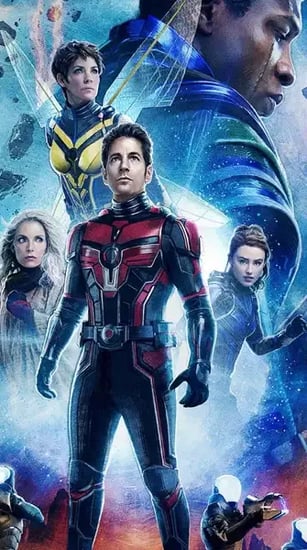

Victoria Lyons
Known for Ant-Man and the Wasp: Quantumania


Carl Shedd
Carl has worked in the industry professionally for over 17 years. He started his career at Gearbox Software and is currently a World Building Director at Gearbox Software.
Known for Borderlands franchise


Jon Robins
Jon currently works as a Lead Character Technical Artist at Striking Distance Studios where he loves solving problems and helping teams in as many ways as he can.
Known for Marvel's Avengers


Jack Brown
Known for Avengers: Age of Ultron


Igor de Sousa
Known for Star Wars Squadrons
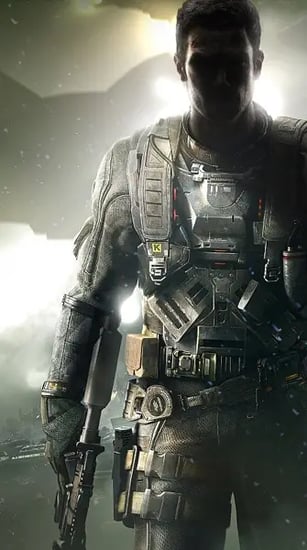

Addison DeBolt
Known for Call of Duty: Infinite Warfare


Paul Eliasz
Paul is an Unreal Engine Specialist and CTO of UMEWE COLLECTIVE, working in game development, VR, and Virtual Production. He’s consulted for top companies, including Bentley and Netflix, and mentors ...
Known for Bentley
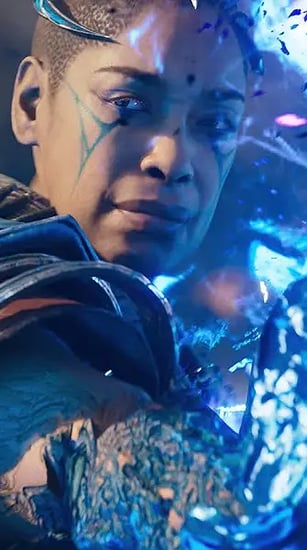

Lightfoot Buckeyne
Known for Immortals of Aveum
Get The Education Your Deserve
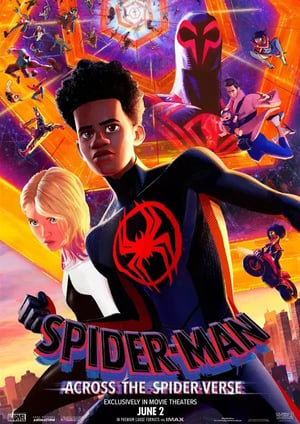
"One of the best decisions I've ever made for my career.
I've learned and grown so much throughout this program and I loved the resources in the CG Spectrum community, such as finding new job opportunities and meeting other students and mentors. I took advantage of everything CG Spectrum had to offer and as a result, I landed my dream job at my dream company (Dreamworks). Thank you CG Spectrum!"

Tiffany L | 3D Animation
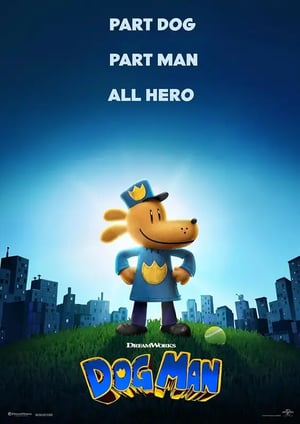
"The career program was invaluable!
I knew changing careers would have included things such as resumes, applications, networking, etc. The biggest thing I needed to understand was the nuances of the animation industry, etiquette for approaching recruiters, and what type of roles there were. These sessions really helped guide me, and explained how to approach my showreel and the subsequent application processes."

James B | 3D Animation
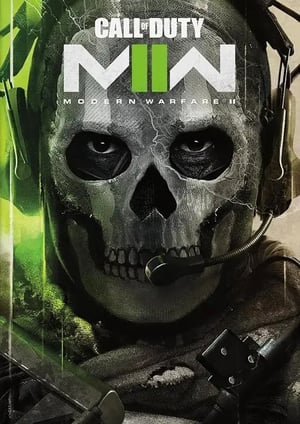
"I’d take the course again if I could!
I can’t praise CG Spectrum enough for the quality of teaching and dedication to their students. Mark was by far the best mentor I’ve ever had. He really took the time to help design the course around what it is that I wanted to get out of it. I’ve studied other animation courses in the past, but none even come close to the depth and speed of development as CG Spectrum."

Ned C | 3D Animation
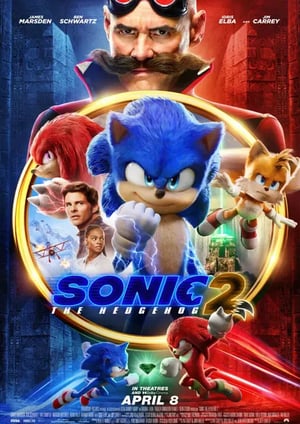
"To better understand the industry, I enrolled at CG Spectrum.
There I was able to create a demo reel and build connections with professionals that ultimately led me to my first opportunity as an animator at Sony Imageworks. I have to give a HUGE shout-out to CG Spectrum’s Career Development Manager. She was the person who guided me through the entire application process. I honestly believe I would not have gotten this opportunity without her help."

Jasmeet S | 3D Animation

"CG Spectrum has been an instrumental part of my growth.
CG Spectrum has helped me sharpen my skills, acquire new ones and strengthen my character animation abilities. This is an invaluable experience for anyone looking to take their skills to the next level."

Phil M | 3D Animation
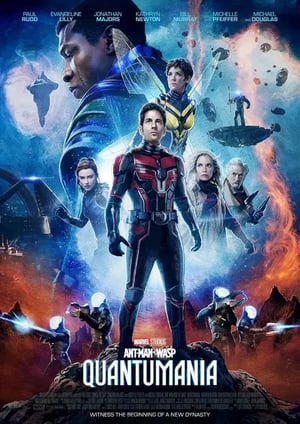
"It's been extremely helpful for my portfolio and my confidence as an artist!
I've learned so much about not only animation, but the thought process an artist goes through when creating a piece."

Shravani K | 3D Animation

"Getting access to industry mentors is huge.
There's a world of information out there, but nothing compared to talking to someone in the know. CG Spectrum was one of those places. I really liked the 1-on-1 format. It was the first time I had an experienced animator open my scene file. It was what I needed to get over some technical hurdles."

Kyle D | 3D Animation
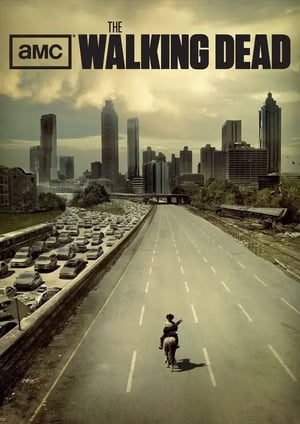
"I learned more in 9 months than other students do in 2 years.
The level of education I have received is unlike any other school I've come across. What separates CG Spectrum from other schools is that the mentors are not only talented professionals in their own right, but they also care about your success as an artist both in school and after you graduate. CG Spectrum is incredible, I cannot recommend it enough."

David N | 3D Animation
Get The Education You Deserve
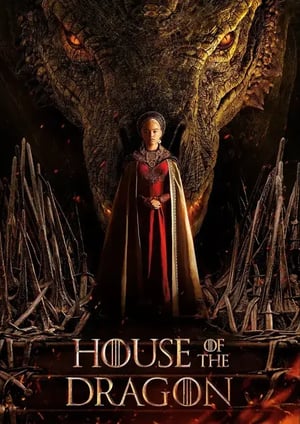
"The CG Spectrum training solidified my skills using Unreal Engine.
Having used it briefly before, and feeling overwhelmed by how big the range is of what you can do using the engine, the training taught me the areas I would need for virtual production very well. I now feel confident with the skills I have gained."

Simran M | Real-Time 3D & Virtual Production
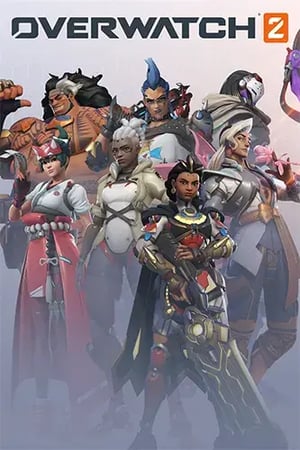
"Having a mentor definitely helped! It was awesome to have someone I could reach out to when I was stuck.
Getting the weekly feedback also helped in terms of what to improve and what to focus on next. In Term 3, we learned Unreal Engine; I implemented the knowledge I gained in that course to my Advanced 3D Modeling Course to create some additional renders that demonstrated my understanding of using and integrating game-ready assets into an actual game engine.

Benjamin O | 3D Modeling

"Hands down the best decision I've made for my career.
The learning material and staff were great, and having an industry mentor was an invaluable asset that really helped me get my break in the VFX industry."

Alan R | VFX Compositing
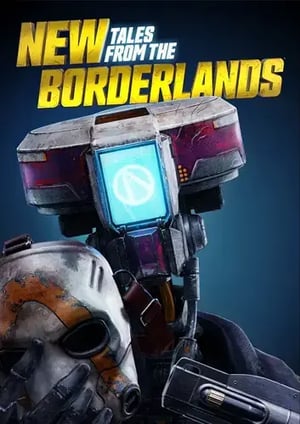
"My experience at CG Spectrum was second to none, and taught me so much more than I initially anticipated.
My mentor took me from being barely computer literate to an animator working at a studio in only a year and a half. The information and level of teaching at CG Spectrum will absolutely not be found anywhere else."

Kieran | Animation

"I have never experienced such an explosive evolution in my art since attending CG Spectrum.
I have learnt an incredible amount, not only from my amazing mentor Eric Wilkerson but from the entire CGS community. Being part of such an amazing program has opened my eyes to techniques that have streamlined my process and increased my confidence tenfold."

Oliver H | Concept Art & Illustration
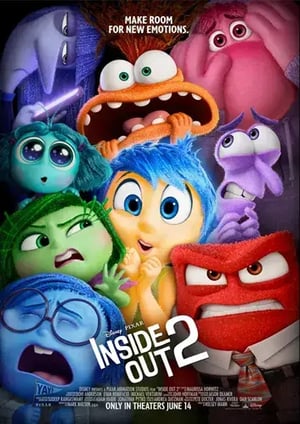
"CG Spectrum seemed too good to be true. Looking back, it was the best decision.
Every mentor and staff member has been so hands-on and directly involved in my learning. Co-Directors of top box office movies and supervisors of major Netflix TV shows are giving me feedback on my projects. Students also have access to a strong community, and an awesome career class to prepare you for your dream job."

Stephanie S | 3D Modeling

"CG Spectrum is the perfect place to gain focus, understanding, an encouragement for your journey.
If you are looking for a supportive place to gain or hone skills in game design or other verticals, CGS is a fantastic and worthy place to dive in."

Shaul H | Game Design
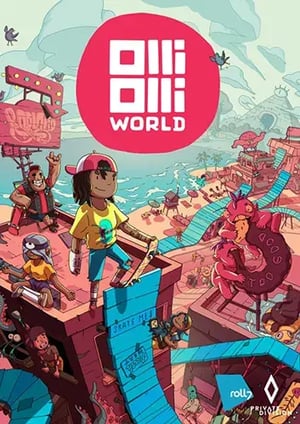
"I highly recommend signing up with CG Spectrum!
I was looking for a final push to bump my skills and finally start applying for jobs as an artist. Shortly after finishing my Advanced 3D Modeling Course I landed my first job as Junior Environment Artist, which was my dream!"

Kasia P | 3D Modeling
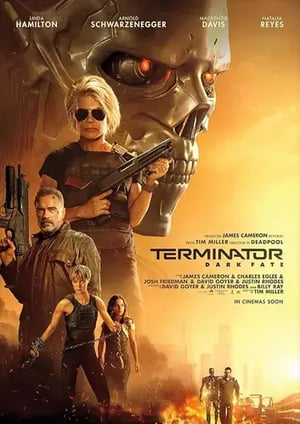
"I got a job offer at a major feature film studio before even graduating!
Studying at CG Spectrum gave me the opportunity to network with industry artists while I was learning, and coupled with the amazing course, I was able to secure a position in the industry. Now I'm working on amazing projects in my dream job!"

Andi E | 3D Modeling
Join Our Alumni at World Class Studios
Our mission is to train highly skilled graduates ensuring they are prepared for a successful career. Take the first step towards joining our alumni at world-class studios creating work that inspires.











Questions? We Have Answers
This course requires the successful completion of the Real-time 3D Foundations career track or a portfolio submission demonstrating professional experience and an accompanying reel/resume.
If you want to skip the Foundations course, you must show that you have a fundamental understanding of how Unreal Engine works and how to work with characters and animation within a real-time environment. You need to provide a portfolio of work that demonstrates an understanding of the topics taught in the course.
These include:
- Importing static meshes, skeletal meshes, and animations
- Retargeting between different skeleton types
- Sequencer animation blending and graph editor experience
- Level, character, and animation blueprint experience
- Basic Control Rig understanding
Age Minimum
The general minimum age to be able to enroll in our industry certificate courses is 16. We require parent or guardian consent during the enrollment process for applicants under 18.
Students under 16 will require a further assessment before they can officially enrol. This may include an interview with a course advisor and the creation of a study plan to ensure they have considered how they will manage a college-level workload.
English Proficiency
We expect our students to have a good understanding of written and spoken English. There’s no specific ’level'; however, you must be able to understand video tutorials in English (no subtitles) and speak with your mentor in English during your live Q&A session.
Computer Literacy
To be successful in this program, you will need basic computer skills and a computer that meets the minimum specifications (see next question).
Software:
This course requires you to purchase/download the following software:
- Unreal Engine (free)
- Autodesk Maya (educational license)
- Substance Painter (educational license)
Software:
Students will be required to use Unreal Engine (free to download and use) and purchase a license for EmberGen (education discounts are available).
Instructions for how to obtain an educational license for this software will be provided upon enrollment.
Hardware:
Students will need a dedicated graphics card and a computer that meets the minimum requirements for Unreal Engine and EmberGen.
Please note: as the software we use is regularly updated, please check the specs against the latest available version at the time of enroling.
- QuadSpinner Gaea (educational license)
- DaVinci Resolve (free)
- RealityCapture (free)
Instructions for how to obtain an educational license for this software will be provided upon enrollment.
Hardware:
Students will need a dedicated graphics card and a computer that meets the minimum requirements for Unreal Engine, Gaea, RealityCapture, and DaVinci Resolve.
Please note: as the software we use is regularly updated, please check the specs against the latest available version at the time of enroling.
No, we do not currently plan to support physical hands-on training. Our focus is more on storytelling through Unreal Engine.
It can be if it's specifically using Unreal Engine to build a more immersive experience.
3D animation is explored within Real-time 3D Foundations Term 1 ("Essentials to 3D"), using Maya, and again in Term 2 ("Core Real-time 3D Principles"), using Unreal Engine, including general 3D animation rigging principles. For those who want to learn animation in more detail, we recommend exploring our 3D animation courses.
Real-time 3D students will also study elements of visual effects using Niagara, Unreal Engine's next-generation VFX system. This specialization course dedicates a full term (Term 4) to it.
FX is a broad discipline, so besides the fire and power-ups covered in this course, those seeking a deeper understanding of FX and simulation are encouraged to explore our FX courses.
Basic post-production concepts are included within Foundations Term 2 ("Professional World Building") course, however, to continue understanding professional compositing workflows using Nuke we offer compositing courses that can be explored further.
Matchmoving is not part of the virtual production curriculum but is introduced in our Digital Compositing Foundations course.
Contact the student admissions team about possibly accommodating this within the course.
This real-time 3D course would provide excellent technical knowledge required for the architectural presentation of characters, lighting, camerawork, and rendering.
It doesn't specifically focus on the architectural industry, so topics related to the design, layout, and material matching standards required for architectural visualizations might be missed.
For those interested in architectural development, explore 3D Visualization courses.
Skilled real-time artists are in demand across the film and game industries and beyond. Read more about the role of a real-time 3D technical artist and how real-time workflows are being adopted by a wide range of industries.
On completion of the Real-time 3D Specialization course, you will have greater confidence in your technical and creative abilities and a polished portfolio to show prospective employers.
You will also have access to our career coach and personalized career services (including interview preparation, CV/resume assistance, and portfolio reviews), which can help when applying for junior-level jobs such as:
The CG Spectrum community is another great resource. Through graduates and mentors already working in the industry, you can network and learn about relevant job vacancies.
Discover more about these jobs, tips, and salary expectations on our careers page:
Looking For Something Else?
Check out our full range of courses with study options for all skill levels, from short introductory courses, specialized industry tracks and accredited degrees and diplomas
